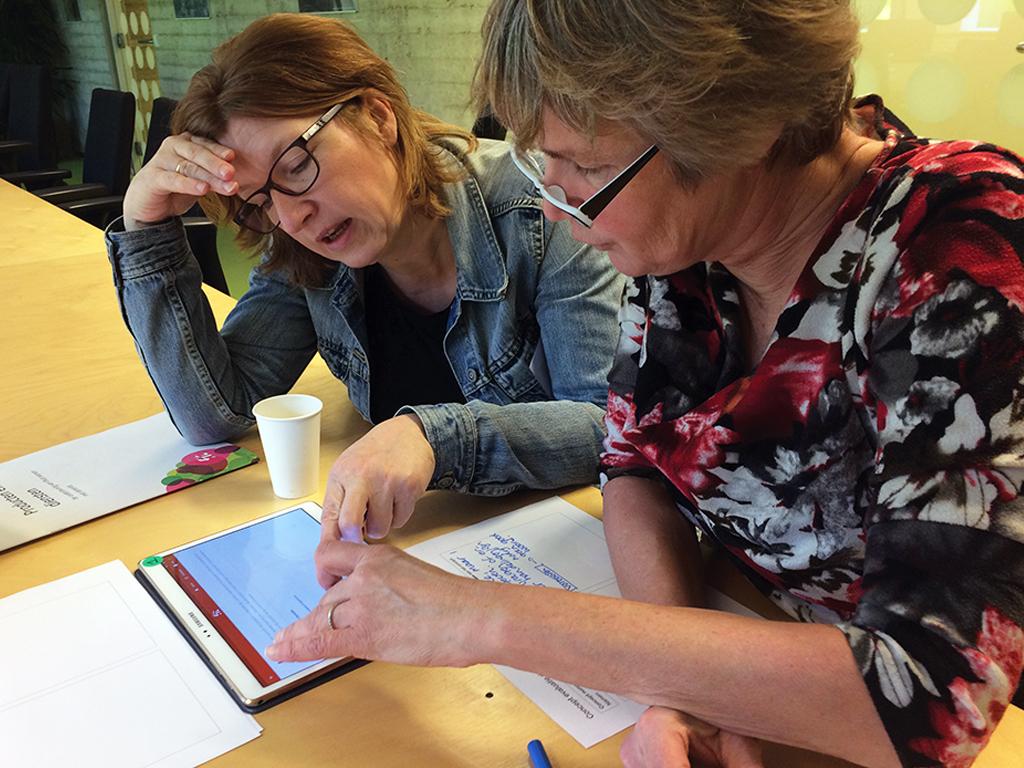What role can design play for healthcare? And how? These questions were central during the Design for Health (D4H) conference, which took place from 4-7 December 2017 in Melbourne. Fortunately for everyone active in this cross-over area: there is still a lot of work to be done.
It was the first time that D4H was held outside of Europe. The 'home ground' of the conference in Sheffield - started by Lab4Living at Sheffield Hallam University's Art and Design Research Center in England - this time made way for the 'holy' cricket grounds of the Melbourne Cricket Ground (MCG), where the Center for Design Innovation at the Faculty of Health, Arts and Design at the Swinburne University of Technology in Melbourne was the host. Some one hundred forty participants from twenty-six countries had signed up to present their work.
This immediately indicates the scope of this area: ranging from the architecture of the newly opened Peter MacCallum Cancer Center (see photo) — a cancer research institute in Melbourne that is tailored to researchers and physicians, and offers a beautiful environment for cancer patients and their families — to the design of applications that support people with dementia and their informal carers in living longer independently at home.
Waag presented both the outcomes of the latter topic, in the form of the results of the FIT project, as well as the preliminary results of the Prevention, Early Diagnostics and e-health project, which investigates how Information and Communication Technology can be designed to help patients and to support caregivers in self-management of chronic diseases.
In the preceding conferences held in Sheffield, the emphasis was mainly on the role of design thinking and design research for healthcare. That approach was missing in Melbourne. That brings with it the danger that design for health becomes a 'receptacle', in which everything is thrown together that has something to do with design and care.
Where the keynote speaker Paul Chamberlain, designer and director of Lab4Living and founder of the conference and magazine D4H, together with Claire Craig, medical director Lab4Living, specifically zoomed in on the essence of designs in / for care, during this D4H conference there were also 'hard-hitting' product designs, in which design thinking and design research was hardly discussed. However interesting, they are not the most illustrative examples of the role that design research and design thinking can play in innovation in healthcare. In that sense, these subjects therefore do not fit in well with D4H.
With the conversations that took place in the corridors, and which were also appointed during the closing session, the questions on D4H should focus primarily on: How do we define the success of design4health interventions? What do we mean by design at all? And what about health? What do we learn from processes that 'fail' in the field of design for health? What do we mean by co-design in healthcare? How do we involve communities? — and so on.
It is clear that the organizers of D4H do not want to wait too long to answer these questions. The traditionally biennial congress therefore takes place over nine months: from 4 to 6 September 2018, on the old familiar spot of Sheffield. Because speed is required ...


